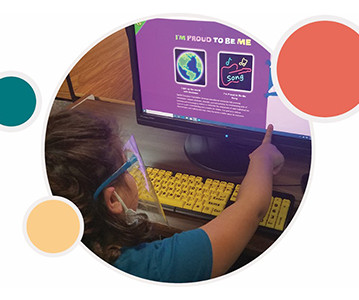Using Inclusive Technology to Break Barriers and Empower Learners
edWeb.net
AUGUST 4, 2023
CITES advances the conventional definitions of accessible and assistive technologies by providing a practical blueprint for districts to create inclusive environments for all members of their population. Dr. Smith also underscored the significance of extending an invitation to existing users of assistive technology.
















Let's personalize your content